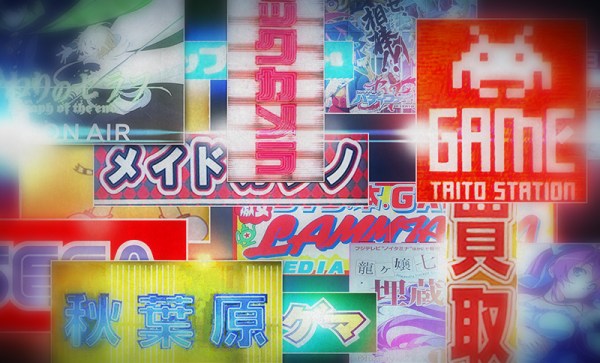Akihabara, Tokyo has transformed over the years. In its present form Akihabara emerged from the ruins of a devastated Tokyo after World War 2 when the entire district was burnt to the ground. The area was rebuilt in the shadow of the Akiba Jinja (dedicated to the god of fire prevention), and a new breed of street vendors began to appear. Huddling under the protection of railway bridges, and dealing mostly in Black market radio parts, these vendors set a new tone to what would become Japan’s “Electric Town”. And as Japanese manufacturing prowess grew so too did Akihabara.

Now of course Akihabara is also home to Otaku culture, and is perhaps best known in this regard for its maid cafes. Streets are littered with maids touting their cafes, somewhat incongruously among computer outlets and precision tooling stores.
My interests however lie squarely in Akihabara’s glorious junk bins. Of all places I think I’m happiest digging through this mass of discarded technology from Japan’s manufacturing past.
A tour through the junks bins is like an archaeological dig. And in this article I will present some recent finds, and ponder on their relevance to Japanese manufacturing.














